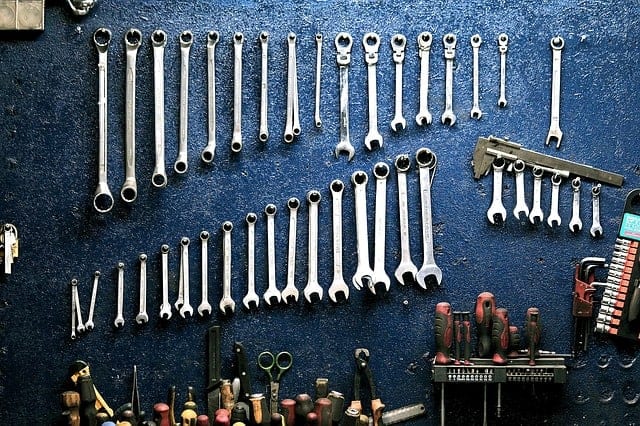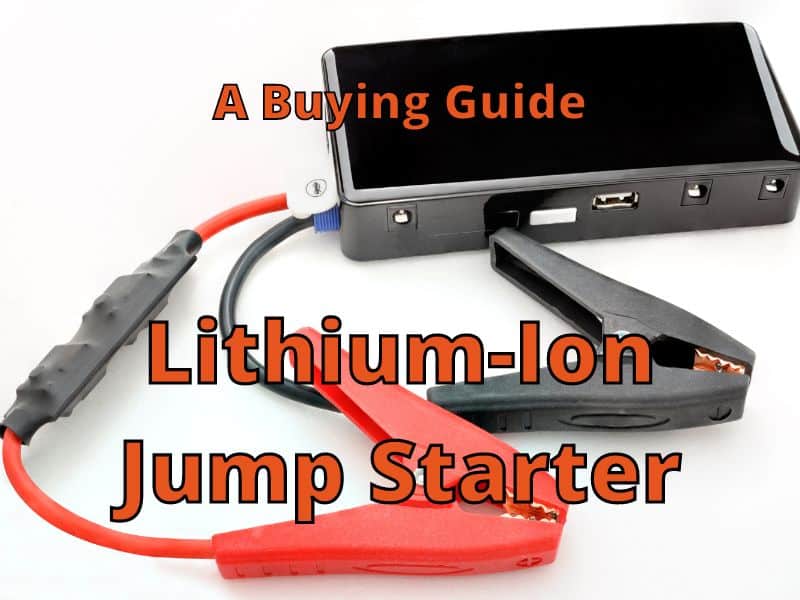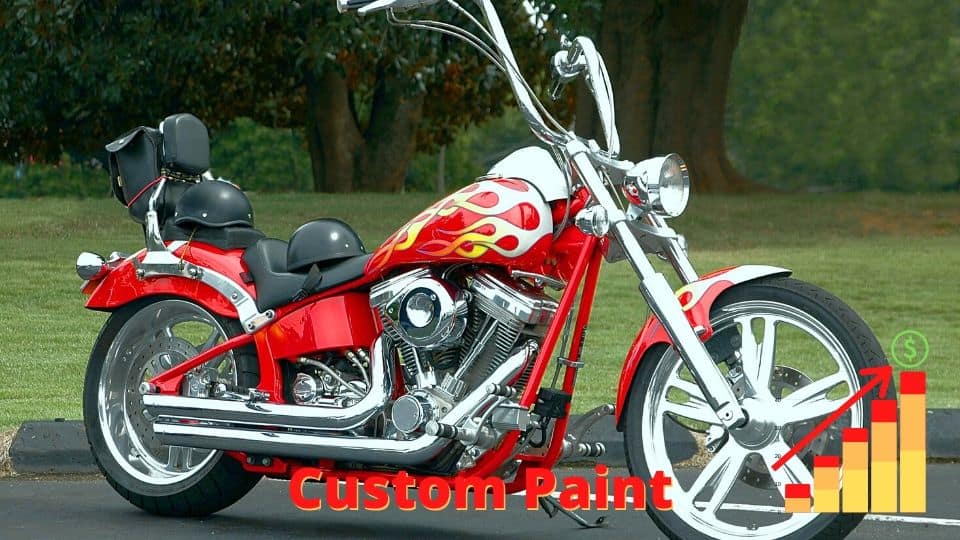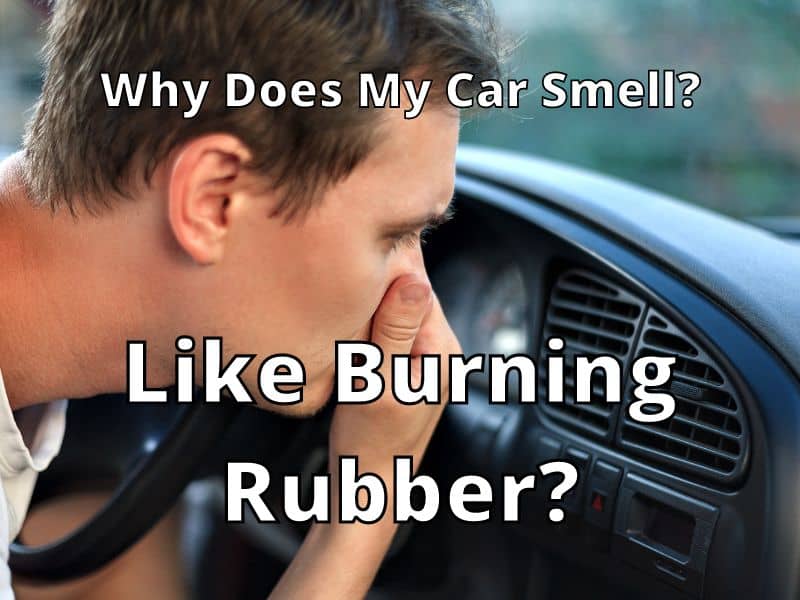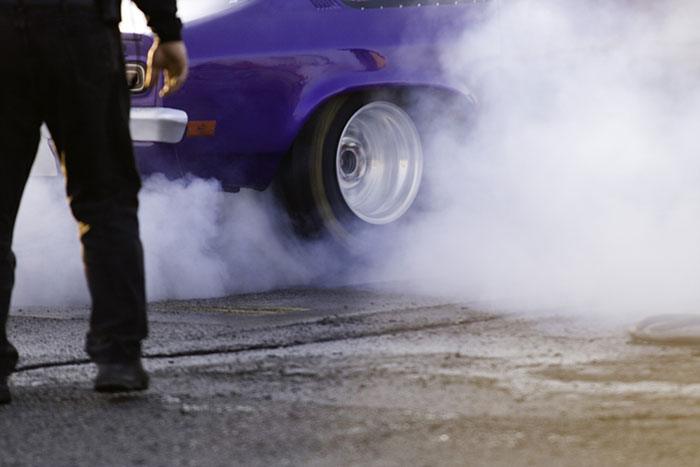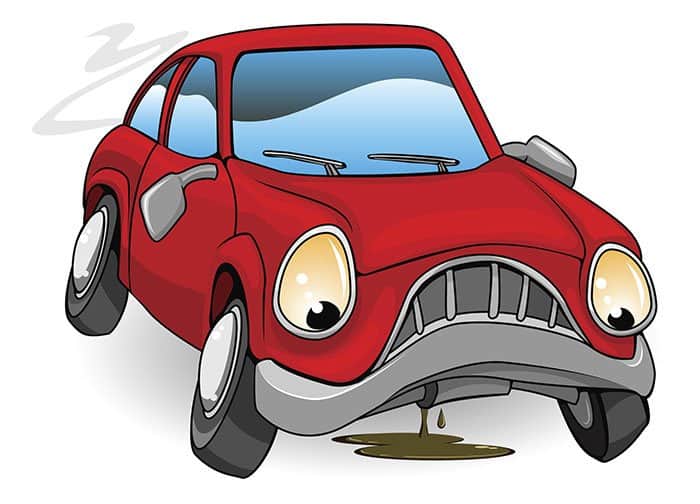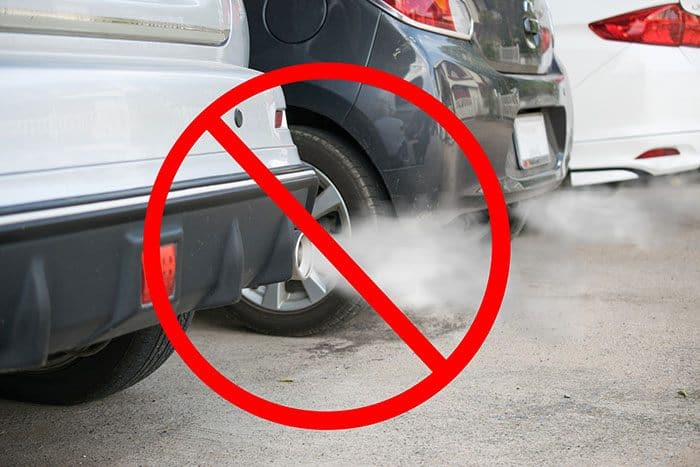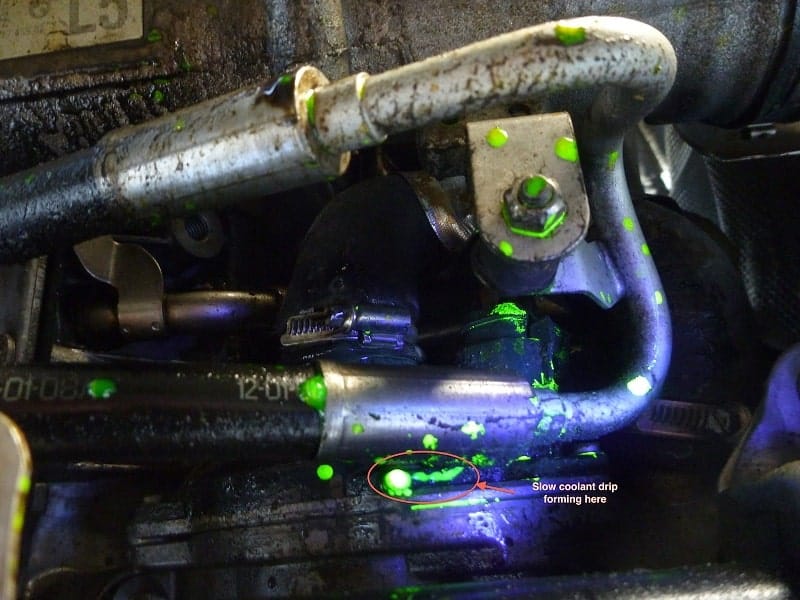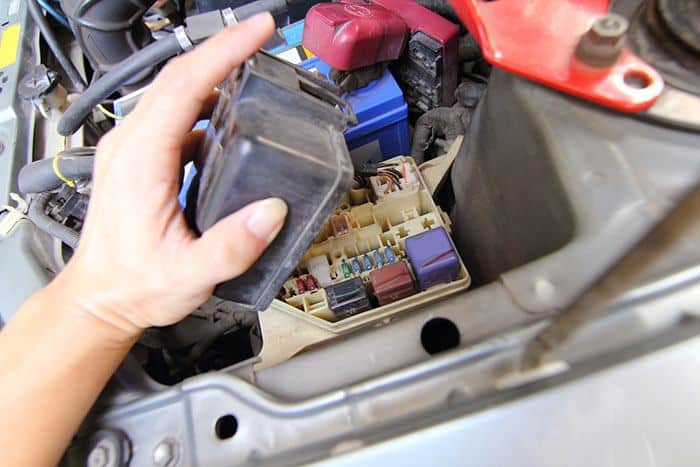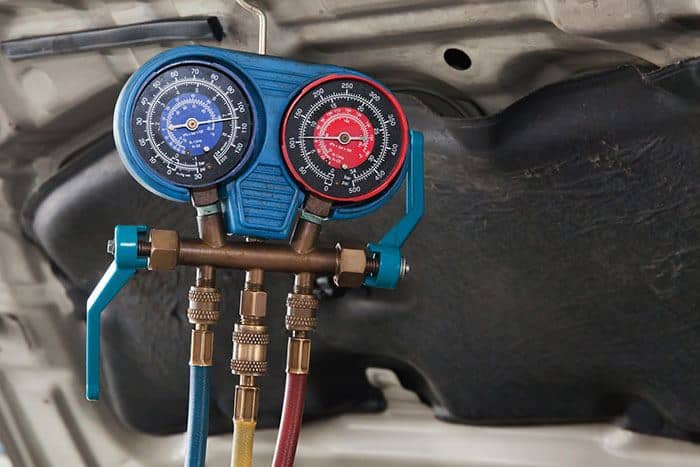Isn’t it frustrating to find a stripped nut when you are about to install or repair a part on your motorcycle, or you are just getting ready to start a restoration project? These tasks require you to loosen bolts and nuts, and if these stripped nuts don’t come off, your project will be put on hold, and it can take any excitement out of you.
In this post, we are going to talk about the 8 different ways how to remove a stripped nut.
- By using Brute Force
- By using a Blow Torch
- By using a Metal Saw
- By Rocking the Bolt
- By using a Power Drill
- By using a Welding Machine
- By using a Bolt Extractor
- By using a Pipe Wrench
We have also provided you with step-by-step instructions on how to use these 8 easy methods. After you have finished reading this article, we hope that you will be able to apply your newfound knowledge to do these jobs right the first time. Read on if you want to know more.
What is a Stripped Nut?
Before we proceed with the discussions, it’s essential that we first discuss what a stripped nut is and some reasons behind it. In case you’re not familiar, a stripped nut is usually a hexagon-shaped metal fastener that has a circular hole that is threaded to fit onto a bolt, but some of the threads are stripped, or the outside has become rounded.

When trying to remove or apply a stripped nut, you might end up with a broken one or, worse, a broken or stripped bolt on your motorcycle.
It would be very frustrating if you ended up paying more for the repair because of this mistake. It could also lead to injuries, especially if you are not doing it right. We will discuss 8 different methods to remove a stripped nut correctly so you can get the best results.
The Different Methods How to Remove a Stripped Nut

If the thread is stripped, then you may need to get a threading tool to fix the bolt threads or part threads. But if the nut is stripped on the outside, follow the method listed below.
In this section, we are going to discuss the 8 methods on how to remove a stripped nut from your motorcycle or car. Make sure that you have read everything carefully, so you can avoid expensive and dangerous mistakes. As with any tutorial, we recommend that you seek professional help if you are not confident that you will be able to perform these tasks on your own.
1. By Using Brute Force

We sometimes tend to lose our patience and choose a method that uses brute force when we encounter a stubborn bolt or nut. Strong force may be part of the solution with the proper method and tools, but with not anger or frustration, so let’s see how we can remove nuts.
- Using a chisel, an air hammer, or a punch, hit the head of the bolt exactly at its center. You may also resort to using an impact gun. (see video)
- You can also hit the bolt from its other side if possible.
- Do steps 1 and 2 alternately until the bolt separates from the nut.
2. By Using a Blow Torch

While the cold makes the metal contract, applying heat, on the other hand, will make the metal expand. Make sure that you have worn safety glasses and gloves before you proceed with this step.
- Using a blow torch, heat the bolt or nut until the metal expands.
- Wait for the metal to cool down.
- Try twisting the bolt or nut until they come off.
3. By Using a Metal Saw

You will be using a metal saw (see video) to perform this method. Make sure that the cut is precise, as you may end up cutting the bolt along with the nut. Using gloves and taking your time will prevent mistakes and injuries. So, be very careful.
- Saw through the nut, just like you are cutting a ring into two.
- Once you have cut it, gently pry open the nut, so it is able to loosen.
- Using pliers, try twisting the nut off of the bolt without stripping the bolt.
4. By Rocking the Bolt
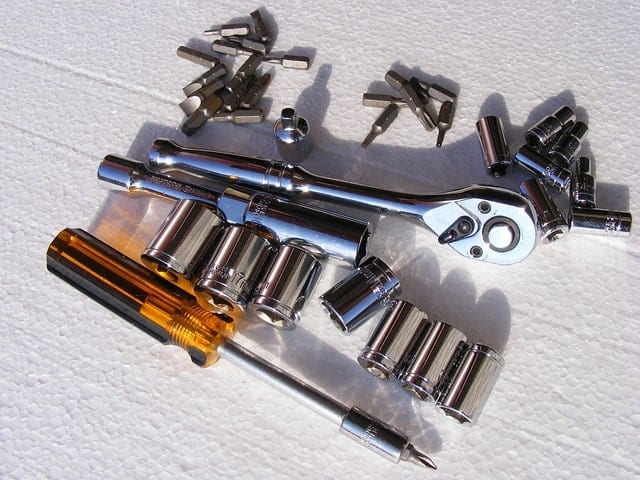
You will need a socket and a ratchet for this method. It should be noted, however, that you need to try this one out first before you resort to more desperate measures.
- Rock the bolt or nut back and forth with your racket and socket.
- Once you have successfully nudged the nut, spray a penetrating spray onto the exposed thread.
- Repeat step number 1 until you see another exposed thread. Work slowly and wait for the spray to penetrate.
5. By Using a Power Drill

This method is slightly similar to the saw-cutting method, and only you’ll be using a drill. However, you should only use this method if nothing else works.

- Assemble a power drill with a small metal cutting drill bit.
- Use the drill kinda like how you would use a saw and cut the nut until you get to the bolt.
- Take off the stripped nut carefully.
6. By Using a Welding Machine

If you notice that the nut is already in very bad shape and the strip level is a little too high, you might want to consider using a welding machine. Using this method would simply require you to use the welding torch to attach a nut or bolt. This method would also require you to be a certified welder.
- Use your welder to attach the nut or bolt to the stripped nut.
- Use some pliers to turn the stuck nut or bolt.
- Take off the stripped nut carefully, trying your best not to strip any other parts.
7. By Using a Bolt Extractor
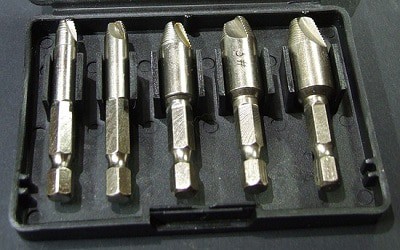
You can always find a good bolt extractor out on the market right now. However, be wary of low-quality bolt extractors. Doing this method will allow you to use hardened bits, which grab the threads of the bolt or nut to be able to remove it.
- Drill a tiny hole in the bolt. (See video)
- Place the extractor tip against the bolt or screw and place the drill in reverse.
- Slowly start extracting the bolt.
8. By Using a Pipe Wrench

Using a pipe wrench might be considered one of the easiest and simplest ways how to remove a stripped nut. It is also very convenient, as anyone with a motorcycle might have one in their garage.
- Place the pipe wrench properly onto the bolt or nut. Make sure it has the perfect fit.
- Start tightening it with ample pressure on the bolt or nut.
- Apply pressure to the end of the pipe wrench. This should help the wrench grabs harder onto the bolt or nut.
In case the bolt or nut doesn’t budge, you may opt to use an extender on your lever, such as a metal pipe. Be very careful when doing this method. It should also be noted that a pipe wrench is a lot different from a monkey wrench. You may buy high-quality pipe wrenches online or at a local hardware store.
Conclusion
Probably a combination of two methods would have solved your stripped nut problem. But what’s important is that you need to be extra careful, especially when dealing with dangerous tools such as drills, blow torches, ratchets, sockets, bolt extractors, welding machines, and pipe wrenches. As we have mentioned earlier, seek professional help if you cannot do these tasks on your own.
Wondering what tools are helpful to have on hand in your garage that most people need? Look at these articles to find out:
14 Essential Tools For Garage That You Must Have
13 Best Tools For Fixing Your Car At Home
Top 14 Automotive Tools That Are Essential For Every Car Owner
